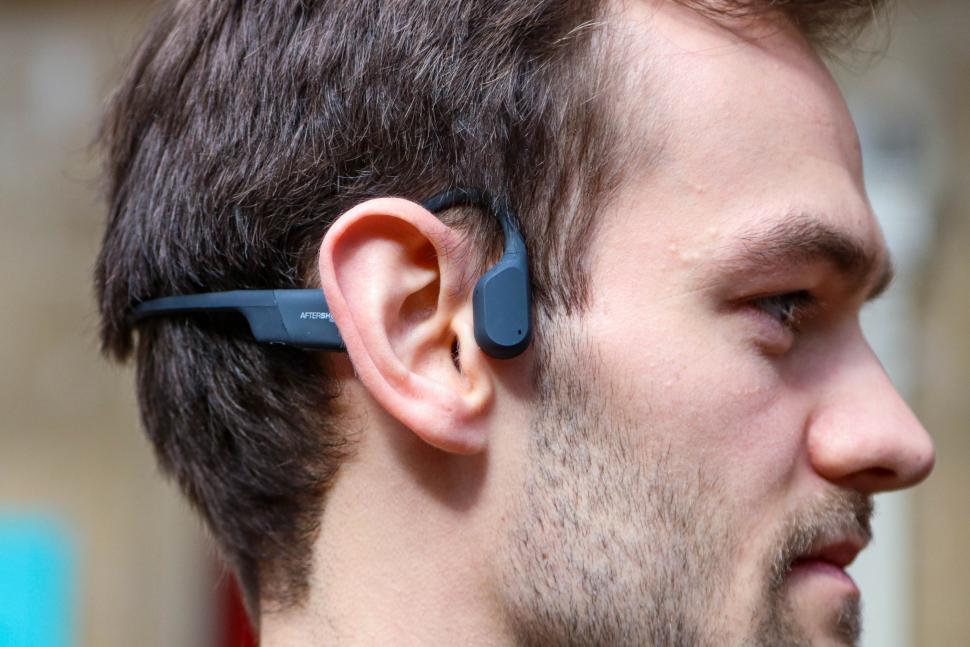How to Adjust Bone Conduction Headphones for Photographers?
For **professional photographers**, the right audio equipment can enhance creativity and focus during a shoot. In this context, **bone conduction headphones** have emerged as a remarkable choice, offering a unique way to experience sound while keeping your surroundings in check. But, how to adjust bone conduction headphones so they fit just right? This comprehensive guide will delve into the ins and outs of adjusting these innovative devices for optimal performance.
Bone conduction technology is designed to transmit sound through the bones of the skull, allowing users to listen to audio without covering or obstructing their ears. This feature not only **enhances noise awareness** but also opens up a new realm of audio experiences without compromising comfort. Lets discover how to properly adjust these headphones to suit your unique needs as a photographer.

Understanding Bone Conduction Technology
Before diving into the adjustment process, it's crucial to understand the technology behind bone conduction headphones. Unlike traditional headphones that deliver sound through the air, bone conduction headphones transmit vibrations directly to the **cochlea** via the bones. This unique method allows you to hear music and calls while still being aware of your environmentan invaluable asset while on a photoshoot.
Benefits for Professional Photographers
Using bone conduction headphones has several benefits specifically for professional photographers:
- Increased Awareness: Being conscious of your surroundings is critical when working in dynamic environments. Bone conduction headphones allow you to monitor your surroundings while listening to instructions or music.
- Comfort: These headphones are typically lightweight and do not press against the ears, which means you can wear them comfortably for extended periodsideal for long shoots.
- Versatility: From listening to tutorials to taking calls, their **versatile usage** makes them a great fit for photographers on the go.

How to Adjust Bone Conduction Headphones Correctly
Now that you understand the benefits, lets dive into the practical side of **how to adjust bone conduction headphones** for an optimal fit. The following steps will guide you through the adjustment process:
Step 1: Positioning
Proper positioning is key. Place the headphones onto your head with the transducers resting just in front of your **ears** but not on them. Ensure that they sit comfortably above your **cheekbones** to facilitate proper bone vibration. For the best experience, the **back straps** should also rest behind your ears without being too tight.
Step 2: Tension Adjustment
Some models have adjustable bands. If so, modify the tension to secure the headphones snugly against your head. A **tight fit** isnt always necessary; instead, ensure they're firm enough that they wont slide but relaxed enough for comfort.
Step 3: Volume Control
Adjust the volume settings according to your environment. When shooting in low-noise settings, you might need to lower your volume, but in busier settings, increasing it might be necessary. Many bone conduction headphones come with built-in volume controls or options on your connected device, allowing for easy adjustments without removing them.
Step 4: Testing Sound Quality
Before heading out for a shoot, always test the sound quality. Play a few different audio samples and adjust the placement if you feel it affects the sound. If properly adjusted, you should experience clear audio, even with surrounding noise.

Common Issues and Solutions
Though bone conduction headphones are designed for comfort and ease, you might encounter some common issues. Here are possible solutions:
Issue 1: Slipping Headphones
If your headphones slip regularly, they may not be positioned correctly. Ensure that they are well-aligned above your cheekbones and adjust the tension if possible. Some headphones offer silicone grips for extra stability.
Issue 2: Sound Distortion
Distorted sound can occur if the headphones are not secured properly against the bones of your skull. Readjust them by repositioning or tightening the headband and increasing the contact of the transducers with the skin for maximum effect.
Issue 3: Excessive Pressure
If you experience discomfort after long use, try loosening the headset tension, or consider investing in a pair designed with additional comfort features.

When to Use Bone Conduction Headphones
As a professional photographer, you might wonder when it's best to use bone conduction headphones. Here are some scenarios:
- During Editing Sessions: Use them for listening to tutorials or music while editing your photos, keeping you engaged yet aware of your surroundings.
- On Location Shoots: Maintain sound awareness in busy environments while still being able to communicate with your team effectively.
- Networking Events: Wear them while mingling at industry events, allowing easy listening to conversations and audio guides.
Choosing the Right Bone Conduction Headphones
When selecting the right pair of bone conduction headphones, consider features such as battery life, sound quality, and comfort. Read reviews from experts and listen for sound quality to find the ideal match for your photography style.
Frequently Asked Questions
How do bone conduction headphones work?
Bone conduction headphones transmit sound vibrations through your bones instead of your eardrums, allowing you to hear audio while still perceiving environmental sounds.
Are bone conduction headphones suitable for photographers?
Yes! They allow photographers to stay aware of their surroundings while listening to audio, making them a terrific option during shoots.
Can I use bone conduction headphones while editing photos?
Absolutely! They help provide an immersive listening experience without isolating you from your environment.
As an Amazon Associate, I earn from qualifying purchases.

